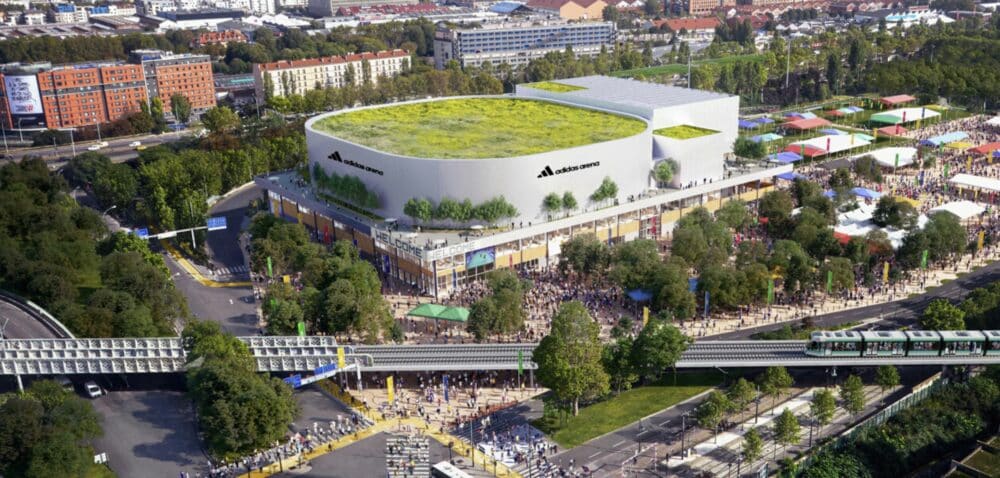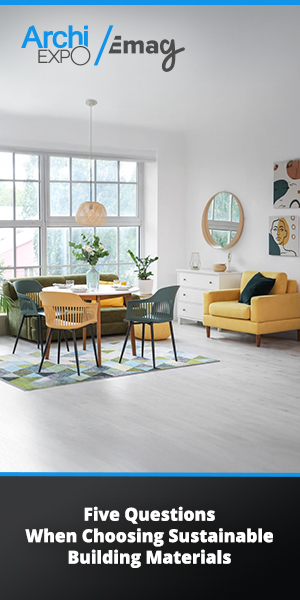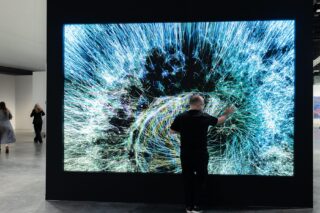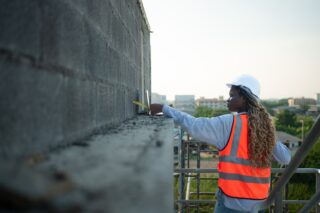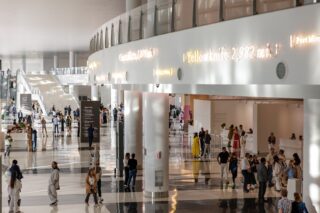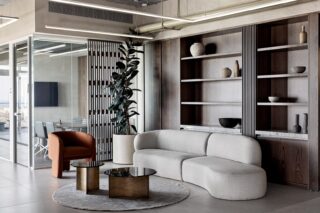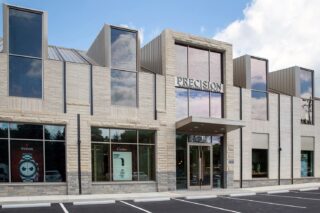ELAN’s innovative and sustainable design practices have been pivotal in creating the eco-friendly Aquatique Center and Adidas Arena for the Paris 2024 Olympic Games.
As Paris prepares to host the 2024 Olympic Games, ELAN’s expertise in sustainable architecture has played a crucial role in the development of two flagship venues: the Aquatique Center and the Adidas Arena. With a strong commitment to reducing energy consumption and greenhouse gas emissions in the building sector, ELAN has leveraged its multi-disciplinary approach to meet France’s stringent environmental regulations.
The company’s collaborative and innovative methodologies have been instrumental in transforming these Olympic sites into benchmarks of sustainability and efficiency, addressing both environmental and societal challenges.
The Aquatique Center in Saint-Denis stands as a testament to ELAN’s dedication to eco-friendly construction. Awarded the BiodiverCity label, this high-performance facility incorporates bio-sourced and recycled materials, and it boasts one of the largest urban solar farms in France. Its design includes features like energy-positive systems and the utilization of waste heat from a nearby data center, ensuring a 75% reliance on renewable energy.
Similarly, the Adidas Arena, the only new Olympic venue within Paris itself, exemplifies ELAN’s commitment to environmental stewardship. This state-of-the-art arena utilizes low-carbon concrete produced on-site and has achieved a remarkable 95% recycling rate for construction waste. Both venues are designed to be adaptable, ensuring their utility for future cultural and sporting events, thus promising significant economic and tourism benefits post-Olympics.

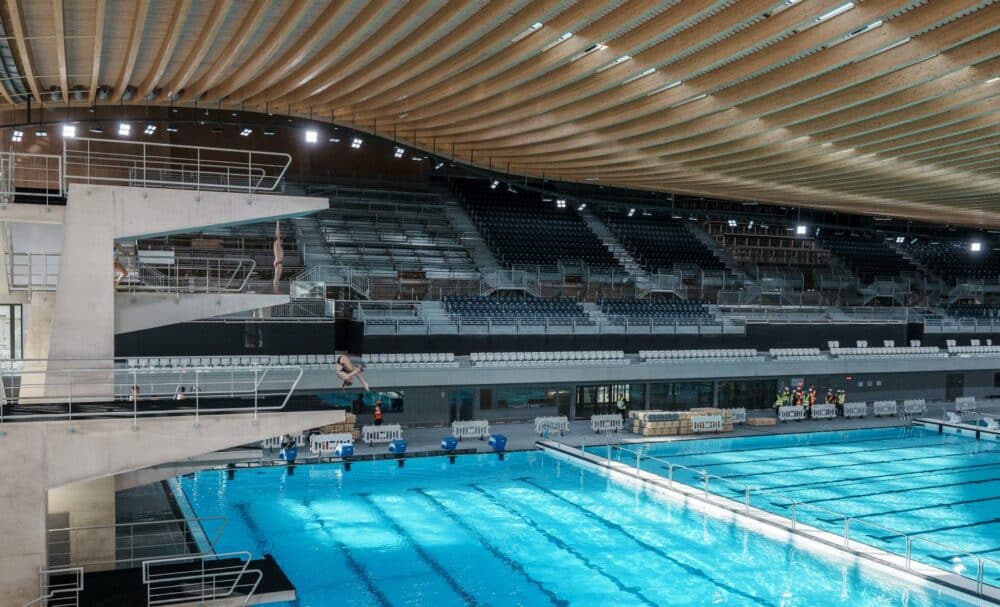
Early-stage Involvement for Sustainability and Circular Economy
At the Valobat conference in Marseille on April 9, 2024, a representative from ELAN emphasized the firm’s commitment to sustainable and circular economy practices in the building sector. ELAN’s comprehensive approach includes five national experts and numerous regional referees who support projects across France.
The representative highlighted the firm’s focus on selective deconstruction, resource diagnostics, and circular design missions, aiming to reuse, re-employ, and recycle materials to reduce carbon emissions and waste.
“ELAN’s methods prioritize early-stage involvement, proper sorting and storage of reusable materials, and collaboration with various stakeholders, including construction companies and reuse networks,” the representative said during the conference.
This approach ensures environmental goals are met throughout a project’s lifecycle, from planning to completion, and often includes economic benefits, such as reduced material costs and carbon savings. The objective is to promote sustainability and circular economy principles in the building sector, reflecting their commitment to environmental stewardship and innovation in construction practices.

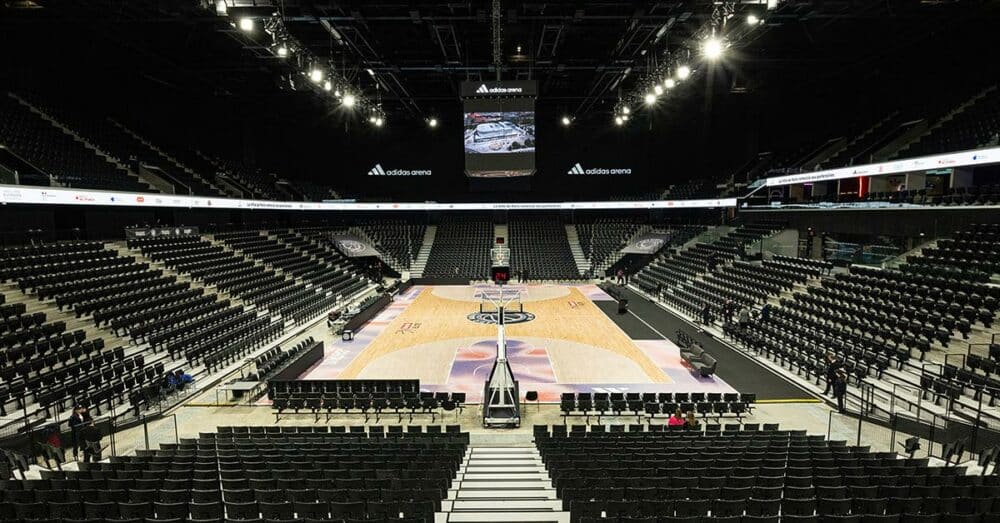
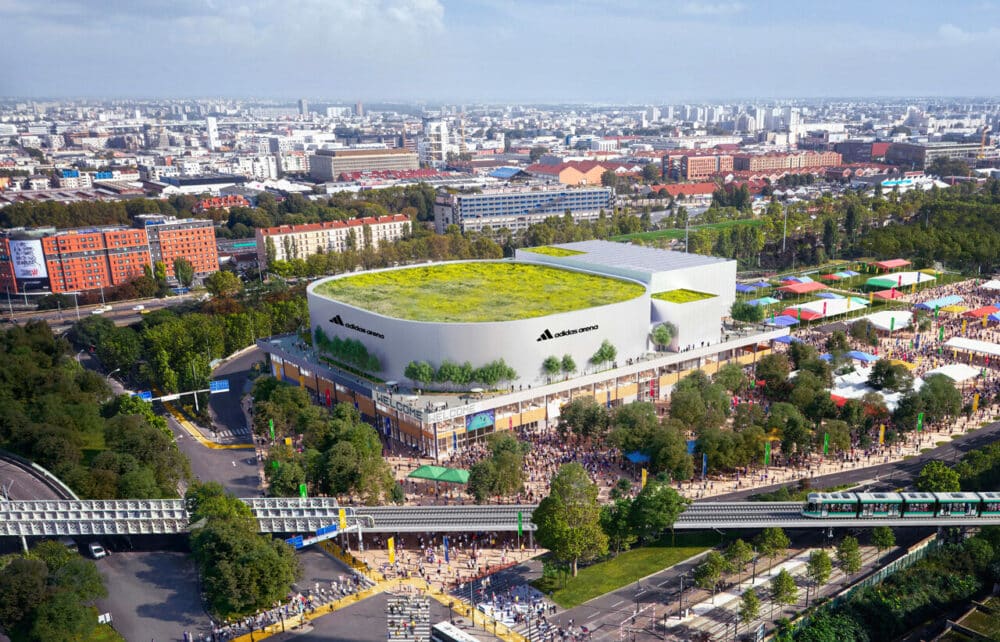
Resource Diagnostics and Circular Design Mission
ELAN places a significant emphasis on resource diagnostics as a foundational step in their sustainable building practices. This process not only aligns with regulatory requirements but also guides ELAN in developing precise strategies to reintegrate these reclaimed materials into new construction projects.
“By conducting thorough assessments, we can meticulously identify materials that can be reused, re-employed, or recycled.”
Through resource diagnostics, ELAN ensures that environmental impact is minimized by optimizing the use of existing resources, thereby contributing to reduced waste and enhanced sustainability throughout the building lifecycle.
In their circular design missions, ELAN collaborates closely with project stakeholders to embed principles of reuse, re-employment, and recycling right from the design phase. This proactive approach involves integrating reclaimed materials into architectural plans and specifications, fostering a circular economy model within each project.
By engaging early and comprehensively with design teams and clients, ELAN enhances the feasibility and effectiveness of sustainable building practices, demonstrating a commitment to environmental stewardship. They aim not only to mitigate environmental impact but also to inspire innovation in construction methods that prioritize resource efficiency and long-term sustainability goals.
Environmental Stewardship and Economic Feasibility
ELAN showcased that their sustainable practices extend beyond environmental benefits to encompass significant economic advantages. By prioritizing material reclamation and reuse, ELAN effectively reduces project costs associated with new material procurement.
This approach not only minimizes expenditure on raw materials but also potentially lowers construction expenses through streamlined processes and efficient resource management. Their strategy highlights a synergistic relationship between environmental stewardship and economic feasibility, illustrating how sustainable building practices can contribute positively to both financial and ecological outcomes.
